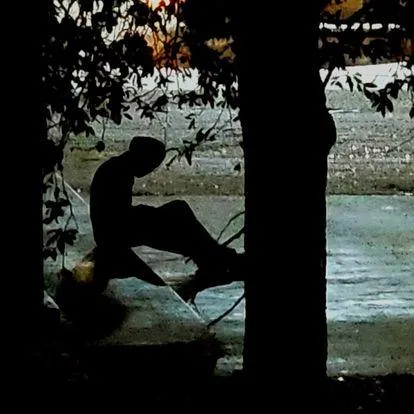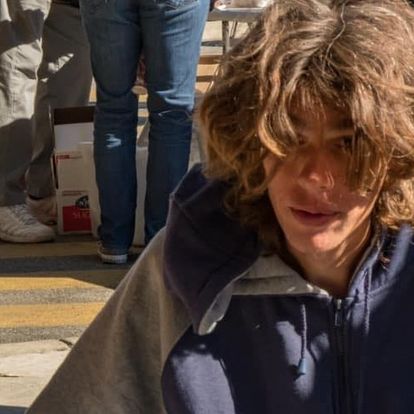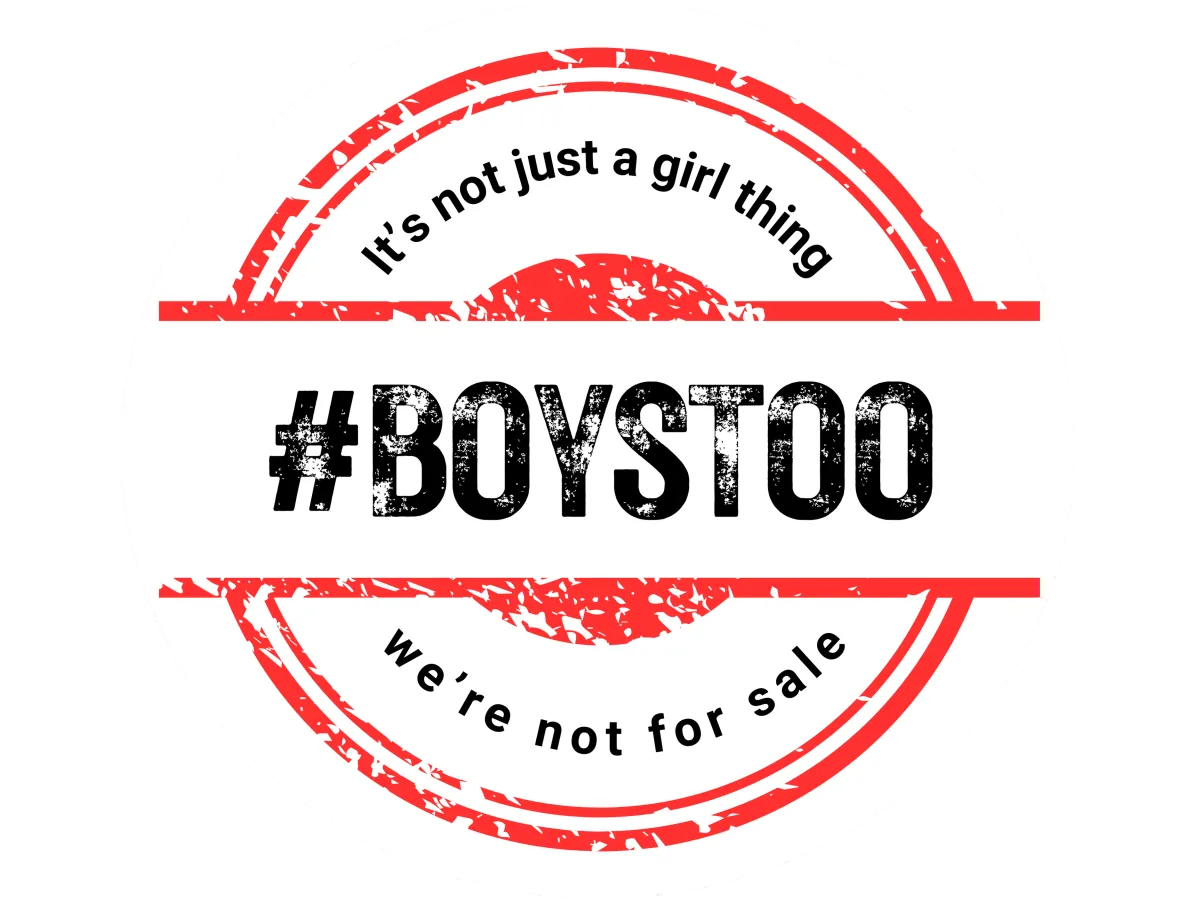#BoysToo
A Feature
Documentary Film
It's NOT just a Girl thing!
They live in darkness.
They have lost all hope. They are living in hell.
You encounter them on street corners or at bus stops.
They live in your neighborhood, go to the schools in your town – BUT you often don’t realize who they are.
These boys are victims of human trafficking.

The Sinister World of Human Trafficking

Understanding the Sinister World of Human Trafficking: Its Various Forms
Human trafficking continues to be a heinous violation of human rights, affecting millions of people worldwide. It is a complex crime and a multifaceted issue that transcends borders, economies, and laws. The United Nations defines human trafficking as the recruitment, transport, transfer, harboring, or receipt of persons by means of threat or use of force or other forms of coercion for the purpose of exploitation. Here, we look at the different types of human trafficking, each revealing a grim facet of this global malady.
1. Sex Trafficking: This is perhaps the most well-known form of trafficking, where victims are manipulated or forced into sexual exploitation. Sex traffickers often use violence, threats, and other forms of coercion to control victims and force them into acts of prostitution, pornography, or sexual performances. Victims can be of any age, gender, or nationality, but vulnerable populations—such as minors, and marginalized groups—are particularly at risk.
2. Forced Labor: This form of trafficking is akin to modern-day slavery. Victims are made to work against their will in various industries such as agriculture, construction, domestic work, manufacturing, and others. Labor traffickers often use debt bondage, threats of violence, or manipulated contractual obligations to trap victims in a cycle of exploitation.
3. Child Trafficking: This pertains to the trafficking of persons under the age of 18 for various exploitative purposes, such as commercial sexual exploitation, forced labor, or the recruitment as child soldiers. Children may be sold or trafficked by family members, acquaintances, or by strangers who manipulate their vulnerabilities.
4. Debt Bondage: In this scenario, victims are forced to work to pay off a debt that is often impossible to settle. The trafficker sets the terms of repayment, and inflated interest rates or arbitrary charges lead to the debt spiraling out of control. This type of trafficking is a common method of coercion in the forced labor industry.
5. Organ Trafficking: Though less commonly discussed, organ trafficking involves the illegal trade of organs where victims are either coerced into giving up an organ, or they are outrightly stolen. This can often be entwined with other forms of trafficking, where victims are not only exploited for labor but also for their body parts.
6. Forced Marriage: Trafficking for the purpose of forced marriage is yet another form where victims are compelled into a marriage against their will. This can be through family arrangements or abduction by the trafficker. This practice not only serves the purpose of exploitation within the marriage but can also be a precursor to further sexual or labor exploitation.
7. Domestic Servitude: A form of forced labor, domestic servitude involves victims being manipulated or forced to work in private households. Their movements are often restricted, and they have little to no freedom. Domestic workers may face a range of abuses from their employers, including physical and sexual violence, and their isolation makes it difficult for them to seek help.
Human trafficking is a multifaceted scourge that demands a nuanced and unwavering global response. As individuals and communities, we must stay informed and vigilant, learn to recognize the signs of trafficking, and support the systems that combat this crime. Help is available and progress is being made every day towards eradicating these forms of forced exploitation, but it requires the concerted effort of individuals, governments, NGOs, and international bodies. Only through collective action can we hope to dismantle the networks that perpetuate these abuses and bring justice and rehabilitation to the survivors of human trafficking.






